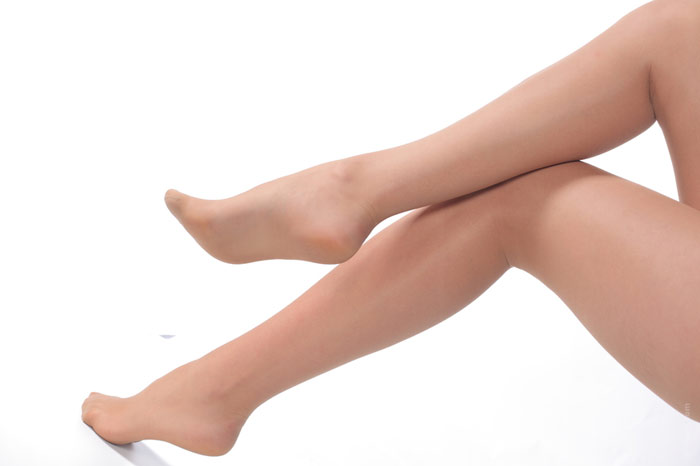Nobody likes to see cracked or yellow nails staring up at them as they relax on the beach. Besides the fact that they are an eyesore, they may also make you concerned that there is an underlying problem. In fact, if not dealt with quickly, this fungus can spread to the skin surrounding your nails. If you deal with white or yellow nails or thick, warped and crumbly nails, you are certainly not alone. Millions of Americans deal with this problem every year. Check out the following ways to get rid of that toenail fungus that is causing you embarrassment and concern.

Home Remedies
Home remedies for toenail fungus are often effective for minor complaints. However, keep in mind that they can take longer to be successful than prescription medications take. Many people have found success in applying Vicks Vapor Rub or even plain white vinegar to the nail with a cotton ball several times per day. A vinegar bath for the foot may also be effective. Tea tree oil is a well-known healer of skin infections, but oregano oil may be just as effective. Try using a drop or two of these oils twice per day.
Prescriptions
When a home remedy does not work, a prescription medication may be needed. Many doctors start out with a topical cream that is applied directly to the affected nail. Be sure to read the instructions carefully before using because some must be applied daily while others are only applied once per week. For worse infections, your doctor may opt for an oral anti-fungal medication or a combination treatment option using both topical and oral drugs. Usually, you will need to take an oral drug for approximately three months to experience a complete clear-up of your concerns.
Laser Treatments
 Newer laser treatments have been found to be effective for clearing up toenail problems. A laser treatment for toenail fungus is typically applied to all ten nails, including ones that do not currently show any fungal issues. Lasers do not cause the nail to fall out nor do they cause any significant pain. While they do not create clear results immediately, they will produce mild clearing within the first week and will stop any new infections. The nail will clear as it continues to grow.
Newer laser treatments have been found to be effective for clearing up toenail problems. A laser treatment for toenail fungus is typically applied to all ten nails, including ones that do not currently show any fungal issues. Lasers do not cause the nail to fall out nor do they cause any significant pain. While they do not create clear results immediately, they will produce mild clearing within the first week and will stop any new infections. The nail will clear as it continues to grow.
Nail Removal
In severe cases, a doctor may need to remove the affected toenail. This can be done non-surgically or surgically. With the non-surgical method, the doctor will apply a chemical to the nail that dissolves the affected nail. The surgical method can be done right in a clinic. During this procedure, your doctor will cut out the affected nail down to the nail bed. In most cases, the nail is allowed to grow out again.
Always see a dermatologist or a podiatrist if you suspect that you have a nail fungus. A doctor will be able to determine how bad it is and whether any prescription treatment is needed. Some minor toenail fungi clear up well with basic home remedies while others seem unstoppable without prescription medications or surgery. Keep in mind that since it takes toenails up to a year and a half to grow out completely, you may still notice nail discoloration even after treatment until the nail grows.










